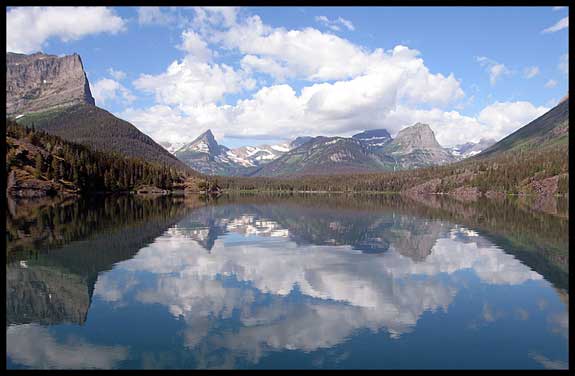They say the best way to protect something is to personalize it. So please, meet the Great Lakes…

The environment of the Great Lakes region is blessed with huge forests and wilderness areas, rich agricultural land, hundreds of tributaries and thousands of smaller lakes, and extensive mineral deposits. The region’s glacial history and the tremendous influence of the lakes themselves create unique conditions that support a wealth of biological diversity, including more than 130 rare species and ecosystems.
The environment supports a world-class fishery and a variety of wildlife, such as white-tailed deer, beaver, muskrat, weasel, fox, black bear, bobcat, moose and other furbearing animals. Bird populations thrive on the various terrains, some migrating south in the winter, others making permanent homes. An estimated 180 species of fish are native to the Great Lakes, including small- and large-mouth bass, muskellunge, northern pike, lake herring, whitefish, walleye and lake trout. Rare species making their home in the Great Lakes region include the world’s last known population of the white catspaw pearly mussel, the copper redhorse fish and the Kirtland’s warbler.The region’s sand dunes, coastal marshes, rocky shorelines, lakeplain prairies, savannas, forests, fens, wetlands and other landscapes contain features that are either unique or best represented withink the Great Lakes basin. For example, the world’s largest freshwater dunes line the shores of Lake Michigan.
Over the course of history, many types of pollution have inflicted and been reduced in the region, yet significant challenges remain. These range from threats to divert water out of the Great Lakes basin to the introduction of nonindigenous invasive species and airborne toxics into the basin. Protection of water quality and sustainable development remain long-term goals. Link
Unless otherwise specified, all pictures are courtesy of: SeaWiFS Project, NASA/FSFC, and GeoEye

